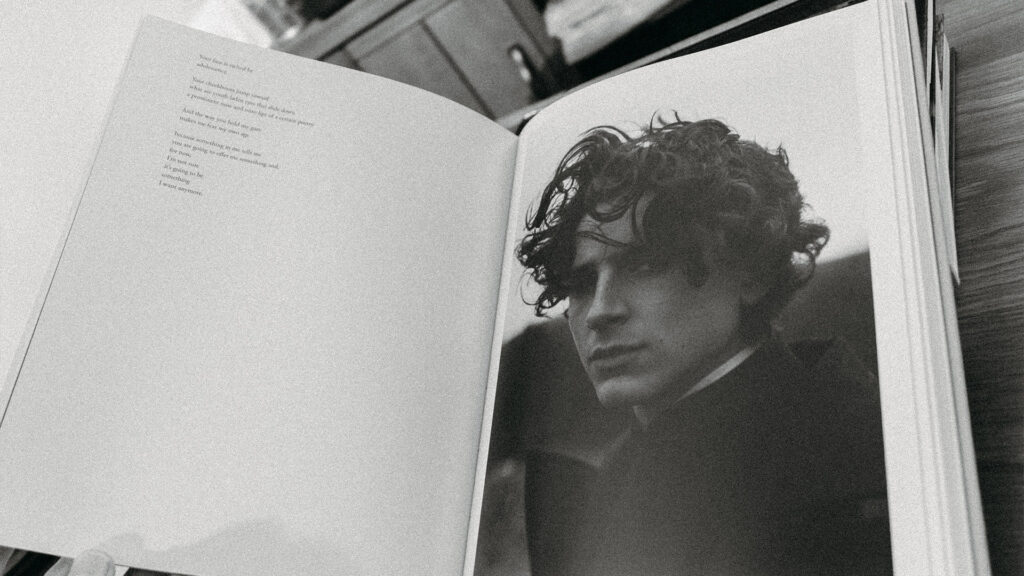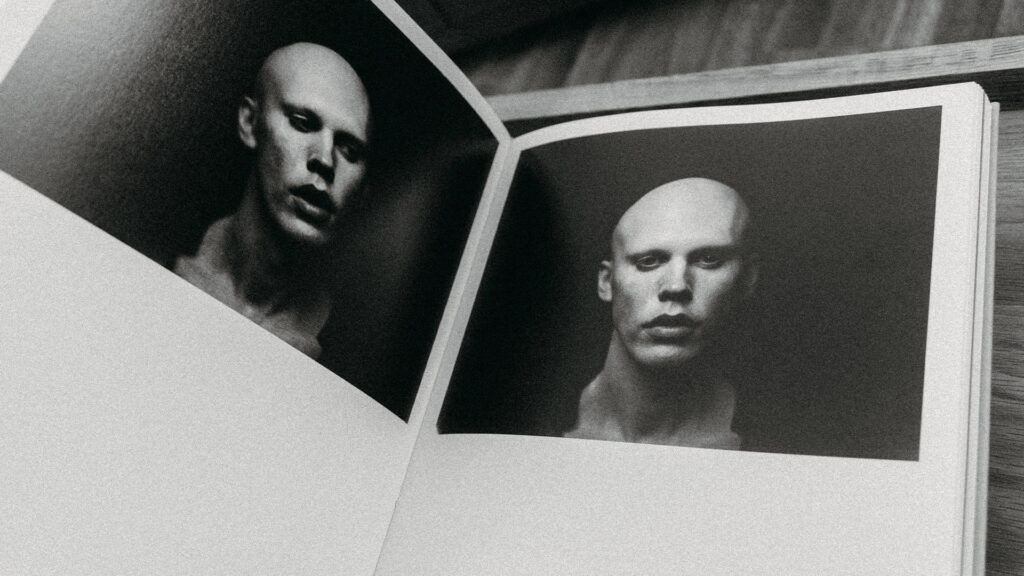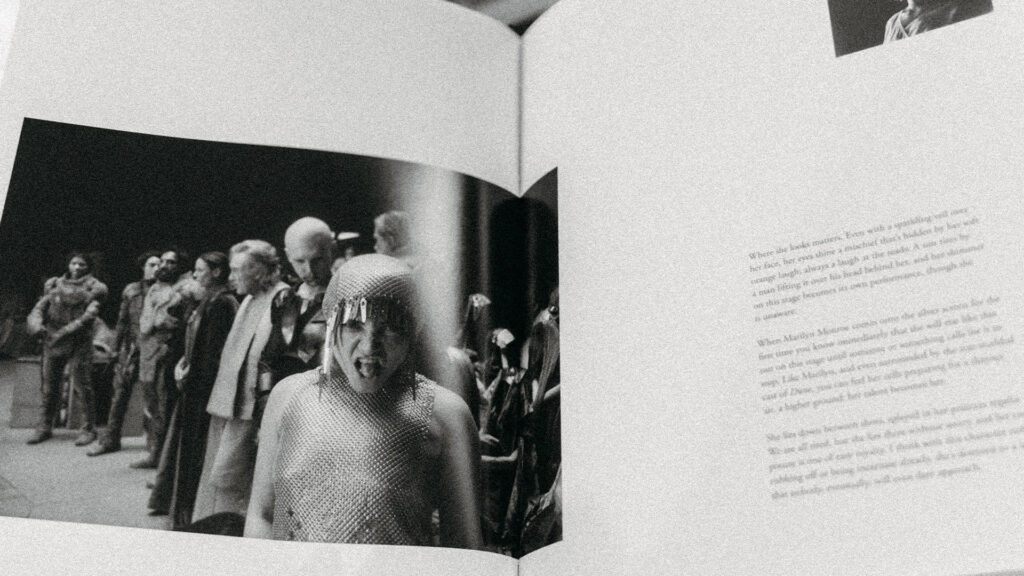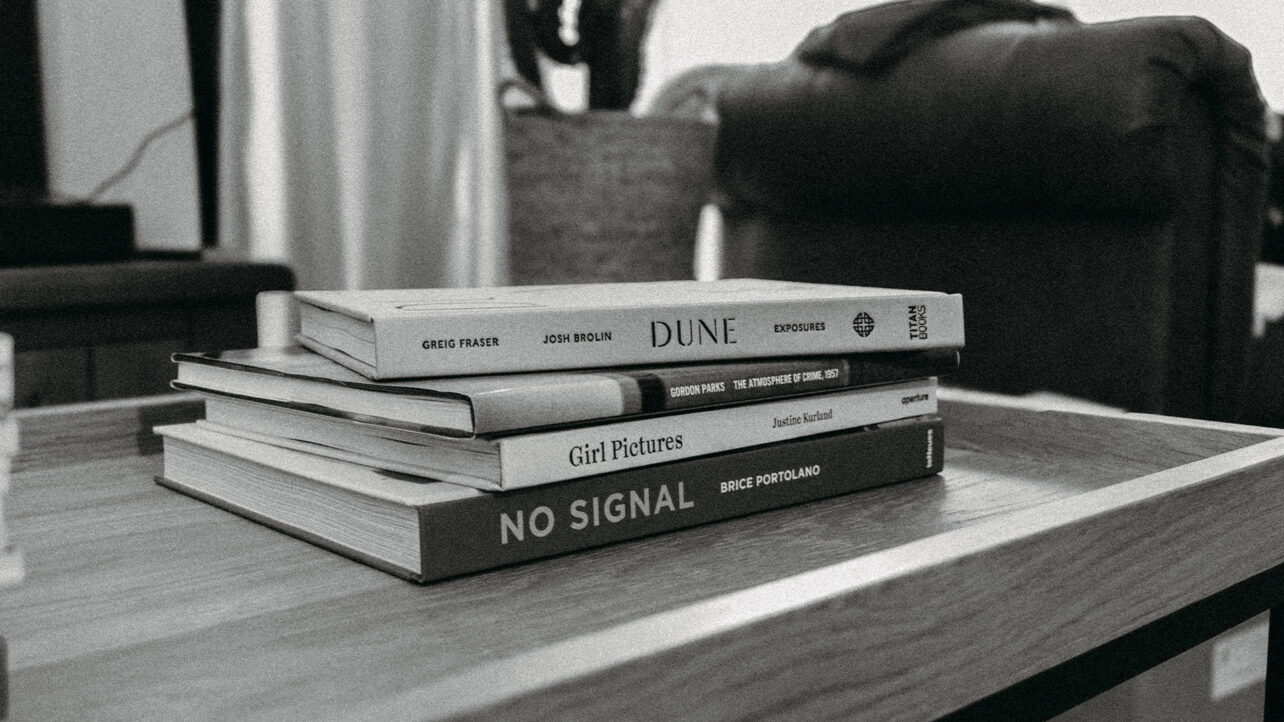When Dune was released in the autumn of 2021, COVID was very much still in the air—no pun intended. Given that my mother had a depleted immune system from her arthritis medication and the government asked her to shield, I still didn’t feel comfortable heading back to the cinema just yet, even though the normality of life was returning in small doses. The long, brutal nature of 2020 still left me slightly wary of crowded places.
Therefore, unfortunately, I did not see Dune at the cinema. There are not many films I regret missing in the cinema, but Dune is certainly one of them. I can only imagine how gorgeous that film looked on an IMAX screen and how impressive the sound would be through a Dolby Atmos system.
After a tumultuous 2022, it took me until late 2023 to finally watch Dune. Nearly three years after its release, Dune’s grandeur is well-established. And given the recent reviews of Dune: Part 2 (spoiler alert: it’s receiving universal acclaim), you can be certain I will not be missing out on Dune: Part 2.
I’m a keen collector of film art books, and we often publish a yearly round-up of some of the best books. It was only recently, through cinematographer Greig Fraser’s Instagram, that I discovered Dune: Exposures was set to be released this month. This discovery was particularly exciting, as it blends my love for the Dune saga with my passion for collecting film-related art books.
What is Dune: Exposures?
While Dune was coming to life under Denis Villeneuve, he had an intriguing request for Greig Fraser, the film’s cinematographer: to capture the essence of the film’s production through the lens of still photography. The result is a collection of photographs that were as candid and spontaneous as they were abstract and deeply evocative.

Throughout the book, you will also find snippets of prose from actor Josh Brolin, who plays Warmaster Gurney Halleck in Dune. Brolin is seemingly just as gifted a writer as an actor, almost as natural as his acting. Inspired by his role, the experience moved him to translate his thoughts and feelings into vivid and poignant prose.
This book offers a fresh perspective on the making of Dune, seen through the eyes of two of its most influential contributors. It’s a thrilling tribute to the art of filmmaking, providing an insider’s look into the production of one of Villeneuve’s most monumental projects.
Who Is The Book For?
While I think all fans of Dune will enjoy looking at behind-the-scenes candid shots by the masterful eye of Fraser, it’s worth noting that this isn’t inherently a book about the film itself or even about the making of the film. At its core, it’s an art book comprised of both visuals and prose from two masters in their craft.

You can turn two pages and find nothing more than eight lines of text or perhaps two portraits of Austin Butler’s character Feyd-Rautha. And this is near enough the structure of the entire book. It’s not so much a book that has been made to read but more so a book to experience.
The book offers a unique window into the soul of the filmmaking process. Fraser’s photographs transcend mere behind-the-scenes glimpses, elevating to the realm of fine art, while Brolin’s prose adds depth and texture, providing a narrative that is as engaging as the visuals are captivating.
For aficionados of the Dune saga, this book explores the movie’s aesthetic and philosophical underpinnings. But its appeal extends beyond just Dune enthusiasts. Art lovers, photography aficionados, and fans of cinematic storytelling will find themselves drawn to the pages of Dune: Exposures. The book invites readers to immerse themselves in a sensory journey that celebrates the convergence of visual storytelling and reflective writing.
However, on the flip side, I feel many may be disappointed with the contents. In comparison with the likes of The Art and Soul of Dune or even Dune Part One: The Photography, where each page was either filled to the brim with information or gorgeous splash pages, this book offers a more nuanced approach to film books.
And that’s the thing: I wouldn’t call it a film book, despite it being about a film created by two production members. It’s a photography book, first and foremost, quite like BYWAYS: Photographs by Roger A. Deakins. While the book is filled with photographs by an esteemed cinematographer, if not one of the best, those unfamiliar with the concept of photo books may feel disappointed. In fact, one review of the book on Amazon is titled ‘A nicely put together book but the work rarely reaches the great heights that I would have hoped.‘ and the reviewer continues to say
As for the photography. There is nothing wrong with it, it is competently shot and the later work feels much more accomplished than his earlier work. But for me, it rarely has the dynamism or flair of his film work and when compared to some of the great documentary photographers such as Graham Killip or Alex Webb, it just can’t compare.
Amazon Reviewer Michael A. Laing
While this book is vastly different from BYWAYS, they share similarities in the choice of photos that are presented. Those expecting stills that look like they have been pulled from the ARRI ALEXA used in the film should look elsewhere. Many photos are blurry, some are underexposed, others capturing the downtime on set with no grandeur. But the rawness of these shots is often what people look for in photo books.

For me, if you’re a fan of Fraser, photography, or a die-hard fan of Dune who must own anything related, then yes, pick up this book. However, if you’re more after deep-dives into the making of the film and behind-the-scenes photography covering all aspects of the film, then you should pick up The Art and Soul of Dune, and also pre-order The Art and Soul of Dune: Part 2.

